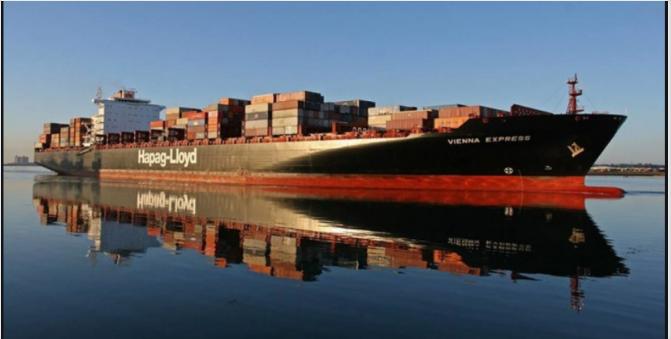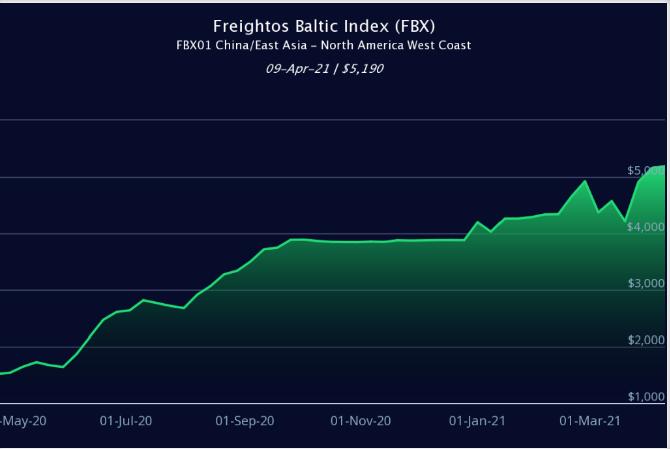Overview: Benefiting from the advantages of China's seamless steel pipe industry chain and the increasing…
At the meeting of the world’s fifth-largest shipping company Hapag-Lloyd last week, the CEO, Rolf Habben Jansen, said that he expects that the container market will still have congestion problems before the third quarter.
“Not only in the United States, Europe and many ports in Asia, there are congestion problems to a certain extent, which means that current shipping companies actually need a large amount of shipping capacity to transport the same number of containers” Habben Jansen said.
The consequences of the week-long blockage of the Suez Canal began to appear, and the spot freight rates of the Asian-European and American routes “increased sharply”.

On the trans-Pacific trade route, the Freightos Baltic Exchange (FBX) index from Asia to the West Coast of the United States rose 4% last week to $5,375/FEU, an increase of 251% over the same period last year.

As global shipping costs remain high, many import and export companies are now having to sign freight contracts for the next 12 months at high freight rates. And more and more people in the industry are beginning to worry that these additional costs will eventually be passed on to consumers. From China to the West Coast of the United States to European ports, container prices have been hovering near record highs for several months. Although according to past practice, freight rates usually fall back at this time of the year, the conditions for further price increases are now becoming more mature. At the same time, new contracts being signed by some of the largest US importers indicate that rising freight rates will not be a short-term phenomenon.




